|
My latest experiments in the Saroya lab revolve around extracts and hydrosols. These contain plant material extracted by a solvent such as water, glycerin, alcohol, or an oil. To be more specific, a water extract is also known as a tea - the material can be real tea or any other herb like rosemary, fennel, mint etc. If the solvent is glycerin, the extract is called a glycerite, if the solvent is alcohol, the extract is called a tincture. If oil is the solvent, the extract is called an oil infusion. Extracts can be used as a vehicle to carry the plant nutrients in controlled concentrations in a skin care formulation. As always, water extracts, or teas, are the hardest to preserve and hence I never use water as the solvent. In general, these extracts do not require heat. To make things more complicated, I will also introduce you to the term decoction - which is extraction of plant matter in water by boiling. The ancient practice of Ayurveda uses decoctions (or kashayam) to extract nutrients from barks, leaves, roots etc. The decoction is then boiled again in an oil to boil away the water leaving behind the nutrients in the oil. This is really the beauty of Ayurveda. Boiling off the water ensures that the product does not get spoiled due to bacteria and mold. Using a decoction to get the nutrients in the oil as opposed to a straight oil infusion ensures effective concentration of the nutrients. Oils are typically not good solvents for plant nutrients - so doing a straight oil infusion will be less effective. As you can imagine, this procedure is laborious and time consuming. I have been playing with tinctures and glycerites and in some cases a mixture of glycerin and alcohol. Glycerin is a polyol - i. e. has multiple hydroxyl groups - and is an excellent solvent for a variety of plant matter. So is alcohol - to be specific, ethyl alcohol. I have been using the highest proof vodka for my extracts (I have absolutely no inclination to drink it btw). So far I have extracted citrus peels in alcohol (see this post), lavender, white oak bark, and pomegranate peel in a mixture of glycerin and alcohol. I use the citrus extracts for cleaning, the lavender extract as a room mist, and the pomegranate peel extract in a wonderful facial mist. The extracts cannot be used straight - they need to be diluted first, with distilled water. Depending on the application, the dilution will vary. For cleaning, I use a 50:50 extract:water ratio. For the room mist and facial mist, a heavier dilution. In general, with the addition of water comes the need for using a preservative. I use a preservative in the mists but not for the cleaning sprays as the higher percentage of alcohol acts as a preservative. These extracts have expanded my product formulation. In addition to making liquid formulations, they can also be incorporated into creams and lotions (though the amount used will be very less and thus not deliver optimal concentration of the nutrients). For now, I plan to stick with sprays and mists. Stay tuned for part 2: all about a different method of harnessing plant nutrients - via hydrosols or hydrolats.
I am thinking of writing an ebook on how to use plants in your backyard (or plants and herbs you can grow easily), and fruit peels that you throw away to make extracts and hydrosols. My thoughts are to cover the following in the ebook: - Effective cleaning products using citrus extracts - Make luxurious facial mists that are rich in skin nutrients - Hair care products The ebook will walk you through the material needed to get started, have detailed recipes, and links to research articles that describe the benefits of the products. It would be wonderful if you, dear reader, would let me know if you would be interested in such a book. Please do let me know in the comments.
2 Comments
This post is not directly related to skincare. However it is relevant to health.
What do you use to clean? Countertops, sinks, the fridge and the like? Chances are something out of a spray bottle that smells good and strong or Chlorox wipes etc. These contain harsh chemicals that zap 99.9% bacteria etc. A common chemical family found in these cleaners are quarternary ammonium compounds. These are not exactly healthy. Read this. And this. Basically, these are suspicious compounds - linked to contact dermatitis, reproductive toxicity in rats, asthma etc. So what can you do? Make a simple and effective cleaner with plants of course. Citrus peels contain some good stuff like limonene which is a good solvent for cleaning. To extract this stuff, simply steep the fresh peels in vodka. Buy the cheapest vodka you can find! This is called a tincture - get a clean jar, cut up fresh orange or lemon peels and throw them in, and then cover with vodka. Trick is to ensure the peels are fully covered to prevent mold from growing on the peels. Let it steep for a week and you will be rewarded with a highly fragrant tincture. To make the cleaner, dilute the tincture with distilled water in a 50:50 tincture:water ratio. The resulting cleaner will be a bit acidic and is excellent for the following: - Disinfecting countertops (alcohol is disinfecting) - Removes mineral deposits - superb at this - cleans faucets and stainless steel sinks beautifully without leaving any residue or stain (alcohol evaporated fast) - excellent shower curtain/door spray - keeps the icky stuff at bay - great for ceramic sinks - glass/mirror cleaner - again the alcohol helps You can also replace the alcohol in the above recipe with white vinegar and add a dash of dish soap to make a stronger cleaner for stovetops and such. Use the same dilution with distilled water as described above. The only condor this cleaner is it still smells of vinegar and leaves a bit of a stain if used on countertops and such. Next time you eat an orange or cut a lemon, save the peels and buy some vodka! |
|
|
© Saroya Natural 2023 | All rights reserved.
Website designed by Aadi M |
Contact Us |

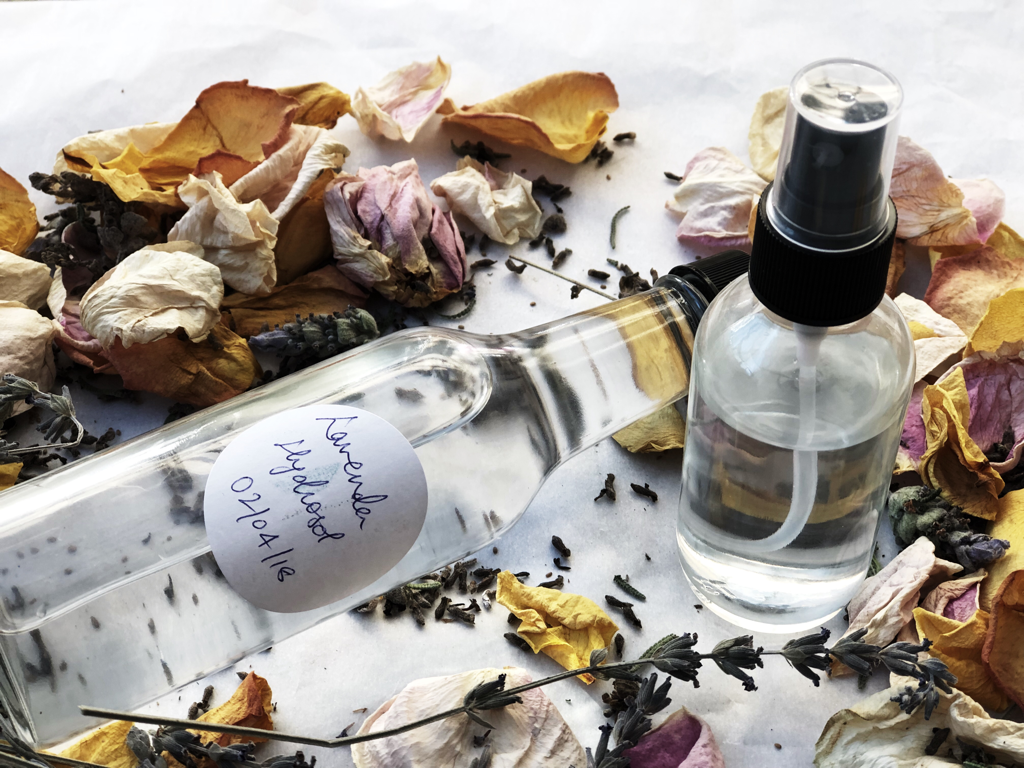
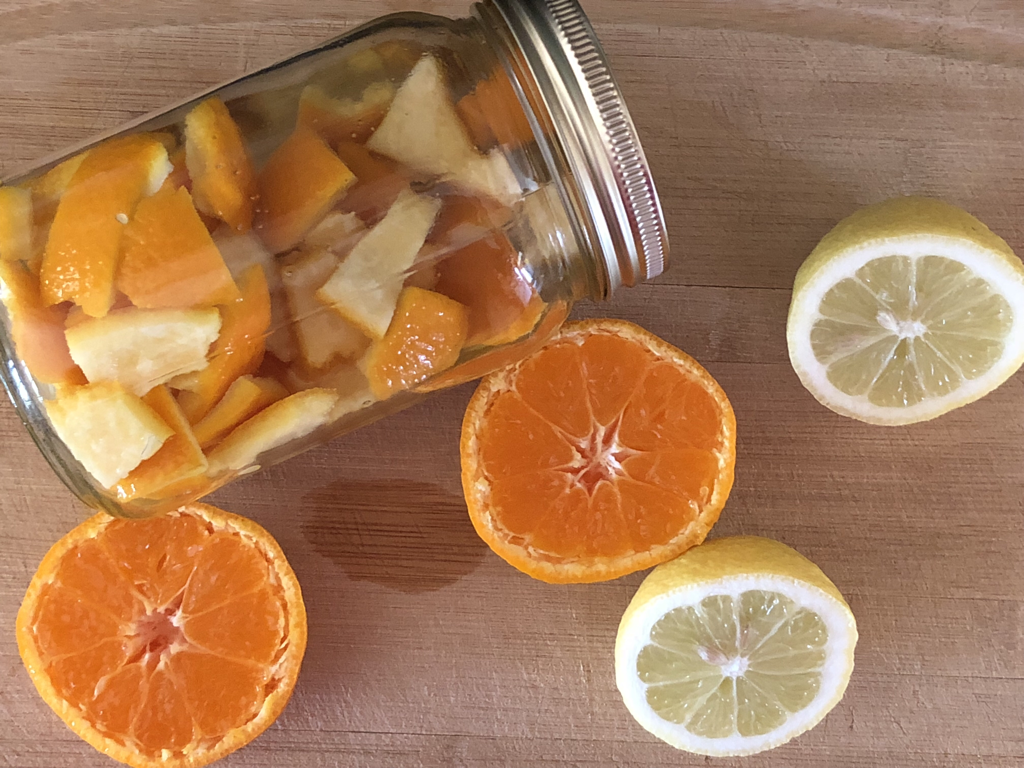
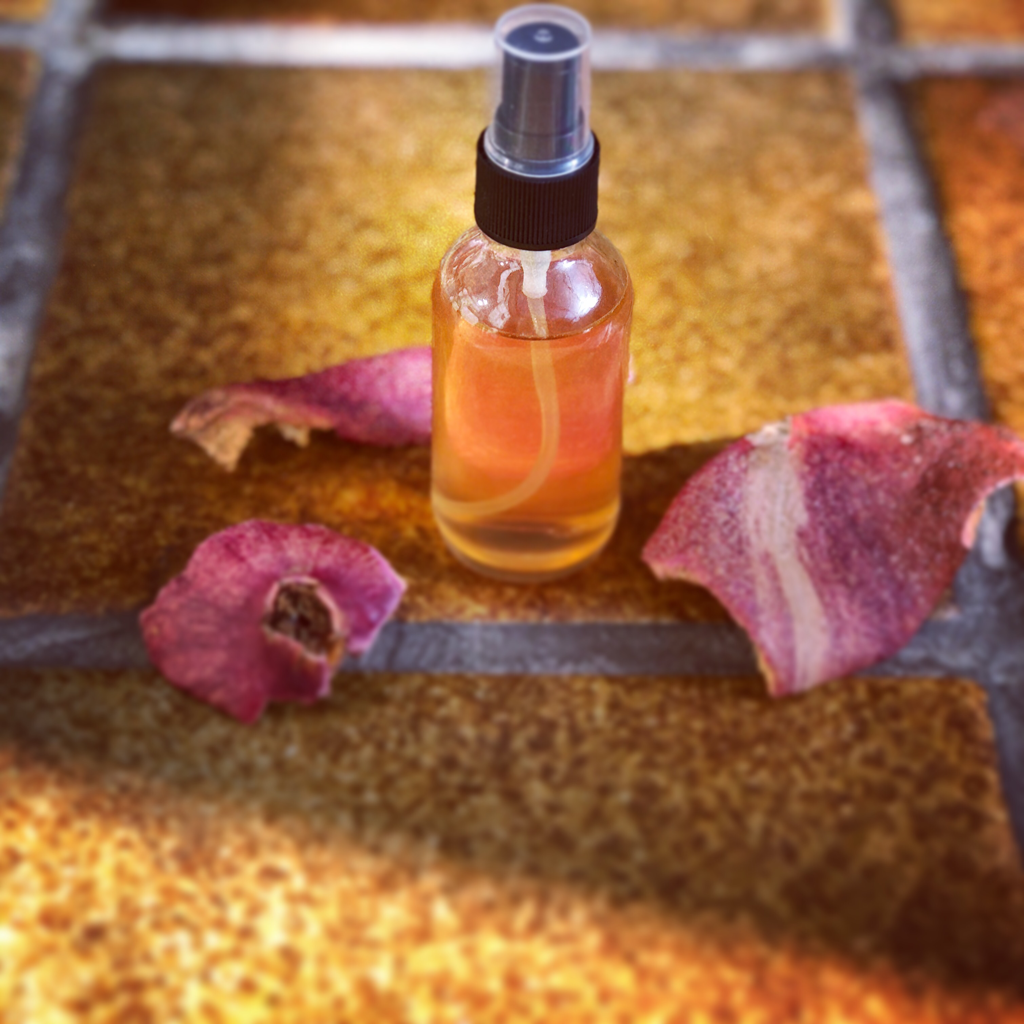
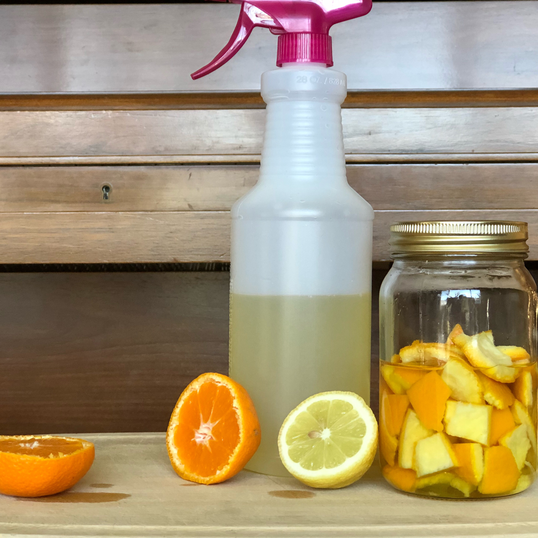
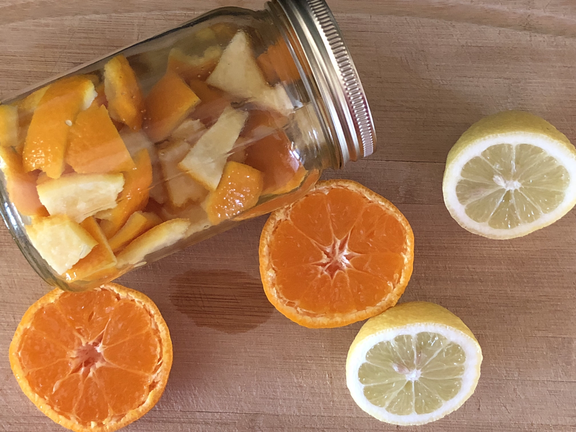
 RSS Feed
RSS Feed